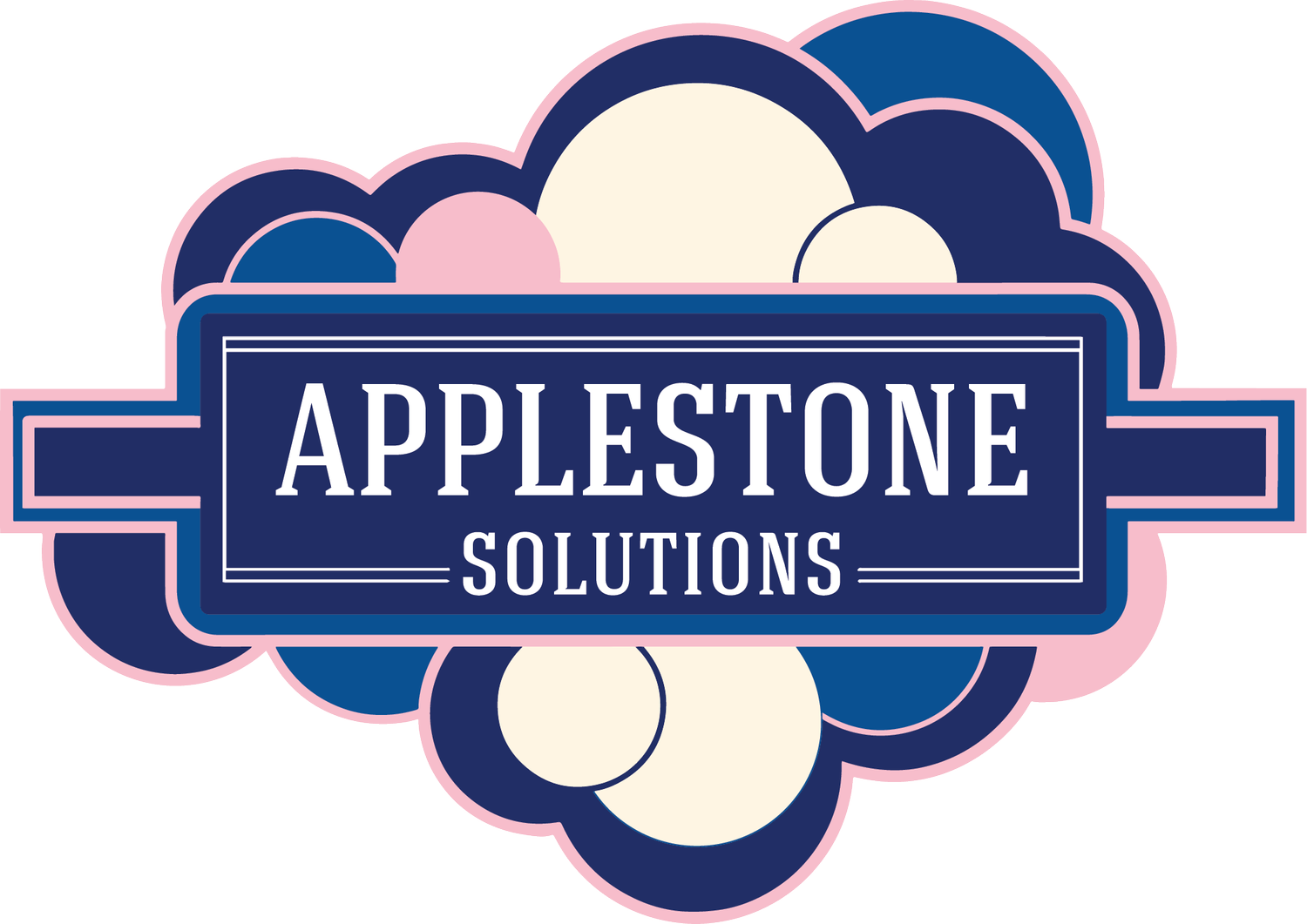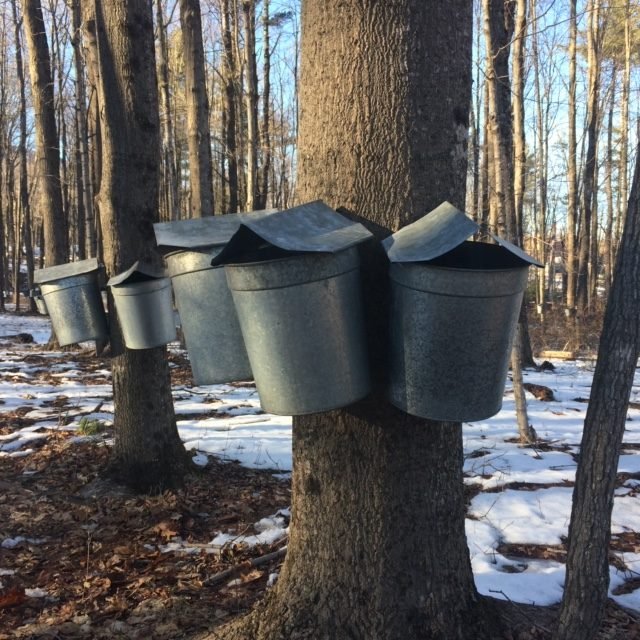Community: Fat of the Land Apothecary's Anja Schwartz Rothe
It has been a strange year for maple tapping -- among other things. While Hudson Valley herbalist Anja Schwartz Rothe says each season is different, she did put up her taps earlier this year than usual, as it has been abnormally warm. “I usually say Valentine’s Day seems to be about the time. This year we put them up the last day of January,” she says. “When the days are above freezing, ideally low 40s, and the nights are below freezing, that’s the ideal temperature to be tapping.”
Food as Medicine
Rothe, who grew up in Woodstock, is actually a bioregional herbalist. This means she makes medicine for her business, Fat of the Land Apothecary, from what grows locally in the wild as well as in her garden. Rothe taps Catskill maple trees for the sap to make her potent mushroom-infused syrup. The mushrooms include chaga, reishi, turkey tale, maitake, birch polypore, and lion’s mane. She grows or forages most of these, though the lion’s mane comes from Tivoli Mushroom Supply Company. We're thinking a lot about supporting our small local businesses at this unprecedented moment of global health crisis. Her syrup isn’t medicine, but it does have medicinal properties. “You get all of the benefits of mushrooms, I think as a whole it’s immune supporting—great for cognitive health,” she says. Fat of the Land sells a variety of products online and through various North American retailers, including in Woodstock and Hudson. She likes making things that are easy to incorporate in your kitchen so your food is medicine—salt and vinegars as well as syrup. Rothe first studied nutritional and medical anthropology in school, then went to Asheville, North Carolina to focus on botanical medicine. “I was really interested in traditional healing practices and getting to know the wild food growing all around me,” Rothe explains.
Using Mushroom Syrup
There are a number of ways to use Fat of the Land’s mushroom syrup. Rothe likes it in baked goods instead of sugar, in hot drinks including coffee, and with pancakes. (We loved the syrup with chicken and waffles.) During the long days she spends yearly boiling sap down over an outdoor wood fire to make syrup, she also drinks the sap straight, makes cold overnight infusions with herbs, and uses it as a base for coffee or tea. She says keeping a wood fire going for syrup is dehydrating work.
Cooking Mushrooms
Her favorite mushrooms for eating aren’t actually in her syrup. “I love morels, which are one of the first ones that pop up in the spring,” she says. She found some in the wild last year and plans on revisiting that spot this year to see if it’s consistent. “Mushrooms are one of those things, you can go hunting for them but they kind of just find you. Every time I went looking for morels, I didn’t find any. I just stumbled on these. That’s my experience at least,” she says.To cook morels, Rothe does very little. She sautés them in butter and eats them on sourdough toast. She also loves them with asparagus. If ever she finds enough, they also dry well and are great in soup later in the year. Another one of her favorite mushrooms is lion’s mane, which she also cooks in butter, plus garlic. She says they’re one of the most amazing mushrooms for memory and the brain. They have a crab-like texture so she has plans to try to make a “crab cake” with them this year. Stay tuned. (We also love cooking with mushrooms.)
DIY
If you’re interested in foraging for mushrooms, you need to be knowledgeable so you know with 100 percent certainty what you’re doing. Rothe’s favorite guide is from the Audubon Society: The Field Guide to Mushrooms. She says the pictures are particularly helpful.



